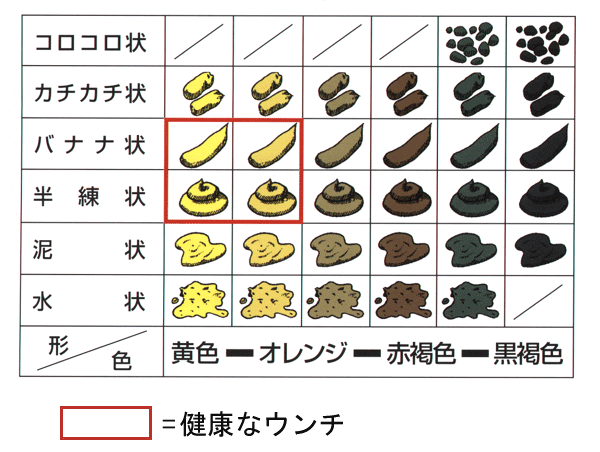The Mensa challenge!
category: general [glöplog]
o_O
After solving a chess puzzle that is very hard for chess players, I have become certified by Mensa. To celebrate this, and to give the rest of you the opportunity to also join this great club, I now present:

After solving a chess puzzle that is very hard for chess players, I have become certified by Mensa. To celebrate this, and to give the rest of you the opportunity to also join this great club, I now present:

no no no.
THIS is the real MENSA challenge:

THIS is the real MENSA challenge:

On the left: θ = 58.9°
On the right: θ = 61.2°
On the right: θ = 61.2°
i've found theta == theta.
Vulva: Wow, that makes it a lot harder. Thanks for upgrading the challenge.
anes: Thanks for downgrading it again.
Anyway, here's some thoughts: The angles being equal means that cd/|d| = ce/|e|, with d=a-c and e=b-c. Or:
c(a-c) * |e| = c(b-c) * |d| <=>
Which is clearly solvable, but the solution isn't obvious. Maybe I have it wrong though, maybe a Mensa member is only supposed to care about discrete maths. :/
anes: Thanks for downgrading it again.
Anyway, here's some thoughts: The angles being equal means that cd/|d| = ce/|e|, with d=a-c and e=b-c. Or:
c(a-c) * |e| = c(b-c) * |d| <=>
Which is clearly solvable, but the solution isn't obvious. Maybe I have it wrong though, maybe a Mensa member is only supposed to care about discrete maths. :/
i've coded a program that tries different combinations of a, b and |c|. it is going slow but results are very interesting so far.
http://www.eskimo.com/~miyaguch/hoeflin.html
it's funny to see that the normal IQ test all have really easy questions for which you should quickly find answers.. and those uncommon (harder) IQ tests have academic type of problems for which you can take a month or so..
anyway, i was just bored..
doom: will you make me PRESIDENT OF TEH MENSA if i give a solution without using b (or a if you prefer that way)?
earx: I guess that's because it's difficult or impossible to measure extremely high IQs (higher than about 140) accurately using traditional tests... But I don't know if Hoeflin's tests are scientifically accepted.
anes: Seeing as how the orientation of c is dependent on both a, b and |c|, yeah, I will make you president of the universe if you do that. ;)
Here's another way of looking at it:
C (point with coordinates of c) is a point on a circle of radius |c|, and d,e are the path of a ray of light shot from A to B via a reflection on the circle. It is a basic reflection, so d and e form the same angle with the tangent line at C (and of course with the normal, which is parallel to c).
And from that it should be obvious that a solution without using both a, b and |c| would be incorrect. In the drawing it looks a little like a and b form the same angle with c. But they don't. e and d do.
Does that help?
Here's another way of looking at it:
C (point with coordinates of c) is a point on a circle of radius |c|, and d,e are the path of a ray of light shot from A to B via a reflection on the circle. It is a basic reflection, so d and e form the same angle with the tangent line at C (and of course with the normal, which is parallel to c).
And from that it should be obvious that a solution without using both a, b and |c| would be incorrect. In the drawing it looks a little like a and b form the same angle with c. But they don't. e and d do.
Does that help?
but vulva has already given the angles. i have a ruler here so i don't need |c| also.
anyway i think i've also reached the same result:
c.(a-c)/|a-c| = c.(b-c)/|b-c|
(c.a - |c|^2)(|b-c|) = (c.b - |c|^2)(|a-c|)
you'll obtain more |c|'s around if mess with sqrts but it didn't go nowhere.
anyway i think i've also reached the same result:
c.(a-c)/|a-c| = c.(b-c)/|b-c|
(c.a - |c|^2)(|b-c|) = (c.b - |c|^2)(|a-c|)
you'll obtain more |c|'s around if mess with sqrts but it didn't go nowhere.
i don't have time right now to give you the solution, but it's fucking simple.
1?
the answer is 42

We want to know the angle "3".
We already know:
The angle which I marked as "1" is 180° - theta.
The sum of the angles "2" and "3" is theta.
The sum of the angles "1", "2" and "3" is 180° (it's a triangle, baby).
So what can we do?
a3
= 180° - a1 - a2
= 180° - (180° - theta) - (theta - a3)
= 180° - 180° + theta - theta + a3
= a3
Err...
Well, it was a try :)
Seriously: Since we know a and b, we can compute the angle between a and b, which is 2 times angle "3". So this way, we can compute angle "3".
And this solves the puzzle, or what else did you mean when you asked for the "orientation of c"?
Adok: No, you're looking at it wrong. angle(a,c) != angle(b,c). However, angle(a-c,c) = angle(b-c,c)
anes: That's a correct expansion of the dot product ;), but a little too implicit to be a good solution. A solution would be something at least close to the form of f(a,b,|c|) = c, or something that could easily be rewritten to that form (such as f(a,b,|c|) = theta or even f(a,b,|c|) = |d|).
anes: That's a correct expansion of the dot product ;), but a little too implicit to be a good solution. A solution would be something at least close to the form of f(a,b,|c|) = c, or something that could easily be rewritten to that form (such as f(a,b,|c|) = theta or even f(a,b,|c|) = |d|).
Anyone heard of first-order quantifier elimination algorithms that automatically solve geometrical problems? No? I pity the fool..
http://www.fmi.uni-passau.de/~sturm/publications/ADG-96-Sturm.pdf
http://www.fmi.uni-passau.de/~sturm/publications/ADG-96-Sturm.pdf

Now where's my prize you retards?
You FAILED! No prize.
^^ amiga retard telling you what to do -LOSE 20 IQ POINTS.
...
^^ -LOOSE 20 IQ POINT.
^^ Stoned fun-prod troll losing another 20 IQ points -> gain 20 ego points
since when did mensa challanges cover mathematics? they've all been about logic the times I saw them...
since when does thec's avatar look like a buttonized limp ninja logo? :P
